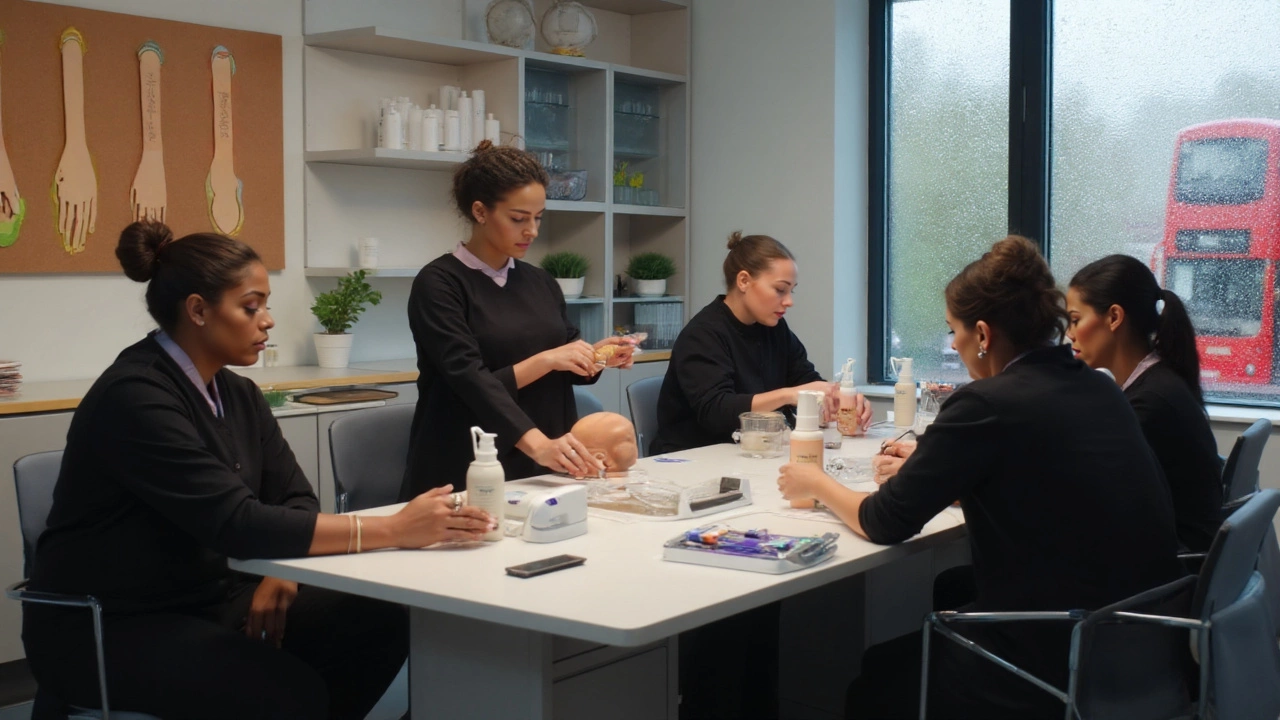CIDESCO vs CIBTAC: What's the Real Difference?
If you’re hunting a solid beauty qualification, you’ve probably seen the names CIDESCO and CIBTAC tossed around a lot. Both are respected, both open doors, but they’re not identical. Knowing the practical gaps can save you time, money, and a lot of guesswork.
Key Differences That Matter
First off, CIDESCO (the International Cosmetic and Spa Association) is the world’s oldest and biggest beauty body. Its courses cover a broad range – from spa therapies to advanced skin care – and you end up with a diploma that’s recognised in over 80 countries. If you want a global passport, CIDESCO’s the go‑to.
CIBTAC (the Confederation of International Beauty Therapy and Cosmetology) is more UK‑focused. It’s run by the UK’s leading training organisations and is tightly linked to British industry standards. The qualification leans heavily on practical skills you’ll use day‑to‑day in salons, spas, and clinics across the UK.
Another point: assessment style. CIDESCO uses a mix of written exams, practical demonstrations, and a final project that shows you can run a full treatment plan. CIBTAC relies mostly on hands‑on competency checks and a shorter theory component. If you thrive on real‑world practice, CIBTAC feels more straightforward.
Cost and time are also different. A full CIDESCO diploma can take 18‑24 months and cost a bit more because of the international module travel and extra theory. CIBTAC courses often finish in 12‑18 months and fit better into a part‑time schedule. For many learners, the shorter timeline means getting into work faster.
Choosing the Best Path for Your Career
Ask yourself where you see yourself in five years. Want to work in a high‑end spa in Dubai or a luxury resort in the Maldives? CIDESCO’s global reputation gives you that edge. Planning to stay in the UK, maybe open your own salon or join a chain? CIBTAC’s direct link with local employers can make job‑hunting smoother.
Think about the type of work you enjoy. CIDESCO includes modules on aromatherapy, reflexology, and advanced facial techniques – great if you love a mixed‑skill portfolio. CIBTAC zeroes in on core beauty therapy, nail technology, and makeup artistry, perfect for specialists who want depth over breadth.
Finally, consider the support you’ll get. Many UK training centres partner with CIBTAC, offering apprenticeships, mentor hours, and direct links to employers. CIDESCO providers often have international networks and can help you place abroad, but they may not have the same local job pipeline.
Bottom line: both qualifications are solid. Your choice hinges on geography, career ambition, learning style, and budget. Whichever you pick, make sure the training centre is accredited, offers solid hands‑on practice, and can guide you through the assessment process.
Ready to decide? Check out the course outlines, talk to current students, and see which syllabus lines up with the jobs you actually want. The right qualification can turn a hobby into a thriving career – no matter if it’s CIDESCO or CIBTAC.




